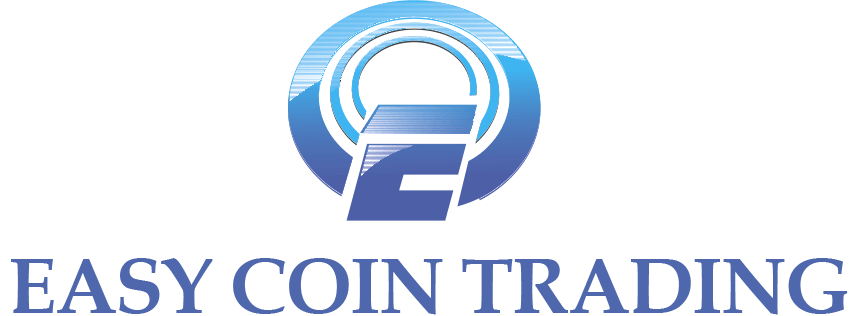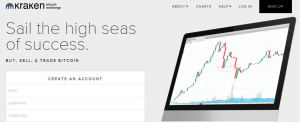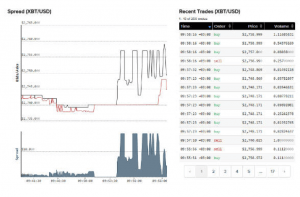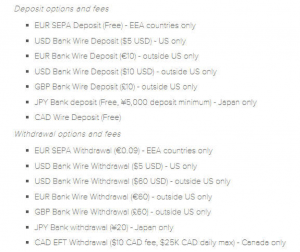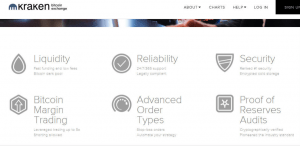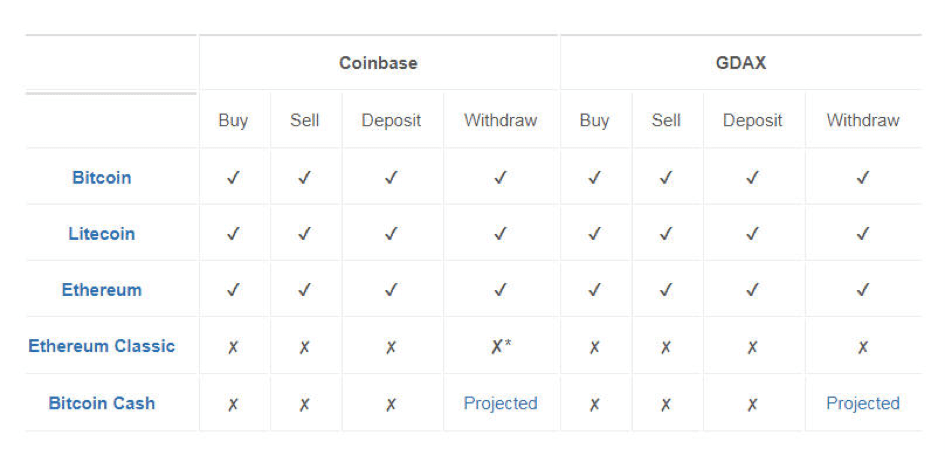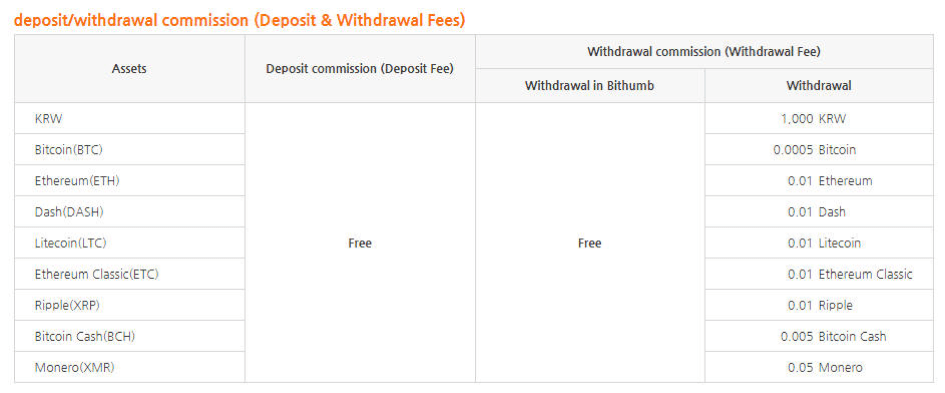Kraken is the largest Bitcoin exchange in euro volume and liquidity and also trading Canadian dollars, US dollars, British pounds and Japanese yen. Founded in 2011 by Jesse Powell, this exchange has become one of the best and most secure Bitcoin exchanges. Kraken is trusted by hundreds of thousands of traders and has clients from North America, Europe and Japan. This exchange has support for an increasingly wide range of cryptocurrencies as well as fiat currencies. Kraken dedicates a huge amount of attention to the professional preparation of beginner traders, while at the same time providing for the highest level needs of the most sophisticated players in the market. Kraken is based in San Francisco, USA.
Some benefits for traders include:
- Kraken has an excellent rank and very popular trading platform
- Strong security with two-factor authentication
- Very low fees compared to other more “beginner-friendly” exchanges
- Fast execution, innovative features
- Free deposits for Euro, Canadian dollar, and Japanese yen
- Super fast SEPA withdraws
- Supports margin trading
- A mobile app for iPhone
Platform
Kraken has a very popular platform that provides an exceptional Bitcoin exchange experience for the professional crypto traders and occasional users. This trading platform offers fast execution, innovative features, good support, and high security. Kraken supports margin trading and has very low fees compared to other more “beginner-friendly” exchanges. Fees depend on the tier in which your account belongs and are calculated as percentages of trade volumes, they range between 0% and 0.26%. Kraken exchange offers five types of accounts (aka – “tiers”). Customer funds reside in a bank account separate from Kraken’s operations account, and fees are transferred on a daily basis (customer funds cannot be borrowed). The charting package is average with several technical indicators available.
Regulation
Kraken is trusted by hundreds of thousands of traders, the Tokyo government’s court-appointed trustee, and Germany’s BaFin regulated Fidor Bank. The Kraken exchange is not under direct regulation by any agency. Kraken is based in San Francisco and has clients from North America, Europe and Japan. According to analysts, this exchange is also one of the safest that currently operate. Their security team is continually improving our end-to-end security measures, improving auditing processes, and reducing the ‘attack surface’ of their infrastructure. The company’s overall reputation is very good and Kraken stands as a reliable partner.
Supported Digital Currencies
Traders can trade Bitcoin(XBT), Ethereum (ETH), Monero (XMR), Dash (DASH), Litecoin (LTC), Ripple (XRP), Stellar/Lumens (XLM), Ethereum Classic (ETC), Augur REP tokens (REP), ICONOMI (ICN), Melon (MLN), Zcash (ZEC), Dogecoin (XDG), Tether (USDT), Gnosis (GNO), and EOS (EOS)
Deposit and Withdraw
Users can deposit and withdraw EUR, USD, CAD, GBP, Japanese Yen, bitcoins and other digital currencies. Kraken offers a free deposit for Euro, Canadian dollar, and Japanese yen. Fiat deposits and withdrawals are completed through SEPA, Swift, and bank wires (Fees vary from 0 – $10). With a tier 1 account, there are no daily or monthly limits to how much you can deposit. Kraken uses absolutely transparent and fair practices to protect all data and secure methods for funds depositing/withdrawing.
Support
Kraken has very good rank but their customer support is solid. On the official website, you can not find a live chat but you can send a message anytime via email. I have also found some reviews about Kraken’s unresponsive customer support. Kraken is active on Facebook, Twitter and Instagram.
Overview
- The largest Bitcoin exchange in euro volume and liquidity
- This exchange has support for an increasingly wide range of cryptocurrencies as well as fiat currencies
- Kraken has an excellent rank and very popular trading platform
- Very low fees compared to other more “beginner-friendly” exchanges
- Fees depend on the tier in which your account belongs
- No minimum deposit level
- Kraken exchange offers five types of accounts
- With a tier 1 account, there are no daily or monthly limits to how much you can deposit
Summary
Kraken is the largest Bitcoin exchange in euro volume and liquidity, based in San Francisco. This exchange has support for an increasingly wide range of cryptocurrencies as well as fiat currencies. Kraken has an excellent rank and very popular trading platform with very low fees compared to other more “beginner-friendly” exchanges. Fees depend on the tier in which your account belongs and are calculated as percentages of trade volumes, they range between 0% and 0.26%. Customer funds reside in a bank account separate from Kraken’s operations account, and fees are transferred on a daily basis (customer funds cannot be borrowed). There is no minimum deposit level and the leverage is only offered for some of the instruments at the Kraken Exchange. The company’s overall reputation is very good and Kraken stands as a reliable partner.
Ethereum – What is it about?
What is the difference between Bitcoin and Ethereum?
The difference between Bitcoin and Ethereum is that ethereum is a virtual state machine that runs on its own blockchain with ethereum. However, like all state machines, ethereum’s nodes, called and ethereum, run as a sidechain on ethereum with a new set of rules that can be changed by activating an alternative, largely untested set of smart contracts called an or ether fork.
However, unlike many cryptocurrency forks, ethereum cannot be redeemed for the equivalent in new cryptocurrencies. As its capital is worth less than that of ethereum it cannot be bought for ethereum.
Ethereum can be used for privacy and identity management, but that is not its main use case. Ethereum is also used to provide services that have yet to be seen.
Back in 2013, Twitter announced it would use Ethereum in a way that gave users their entire Tweets and social media updates in one go. This means that you would never have to stop looking for new opportunities to tell people what you are thinking, because it would be all in the Tweets and updates that you have posted.
In July 2016, Facebook revealed that it had partnered with Ethereum, allowing users to use the social networking platform in ways that had never been possible before. This means that all you have to do is send a tweet containing a link to the Facebook page of any person or organization, you will get the information you need to show the person the person’s profile. You can even see how the pictures were taken, and if they have been edited.
Back in April 2017, The Associated Press announced that it was partnering with Ethereum, allowing users to look up news about individuals and organizations without a cost. So in just a few clicks, you could read about anyone, anywhere and get it all online for free.
And last month, with the Winklevoss twins, Facebook and Twitter announcing that they were using Ethereum to exchange data and information for the purpose of fraud prevention, it is clear that it is a valid way to monitor for fraud. As the Bank of England has demonstrated, trading data can be very complex, and even someone with a master’s degree cannot come up with a perfect way to track deals.
Any image can be categorized into different sub-types. For instance, the IRS uses music, flowers and romantic couples as tax identification numbers for reports, while Blackberries have pictures of people riding motorcycles. Its possible to customize an image, but how can you identify a specific person from a picture? Do you just have to share the picture on social media? No, we all know what you mean when you post that you are a princess (of snow and tea). Now picture IDs (as they are known) can be distributed via SMS, but still nothing beats a face-to-face.
And finally, LetItWork.net used Ethereum to display embedded subtitles for people typing. In a way, it was self-styled an e-learning resource, because instead of learning in virtual rooms, people were being guided in real-time by experts. The site taught people using videos, which led them to demonstrate how to deal with certain situations, and video lectures were the perfect way to spend time with professional trainers or authors.
Image-enabled websites
Ethereum uses an image search engine that makes it possible for users to find images and videos based on keywords, which can also be searched for for an identifier. The blockchain also makes it possible for multiple entities to set up services based on the same image, such as booking a hotel, booking a car or organising an art exhibition.
EtherArts presents live music videos with the hashtag #ethermusic at festivals, allowing visitors to watch these performances live on Ethereum blockchain. With an on-chain overlay, it is even possible for artists to display live videos from other locations, with zero intervention from the artist or venue. Although there are challenges to being able to share content with a much larger audience, there is enough evidence that visual entertainment is indeed growing rapidly, and there is no reason why this could not continue to be the case with Ethereum.
